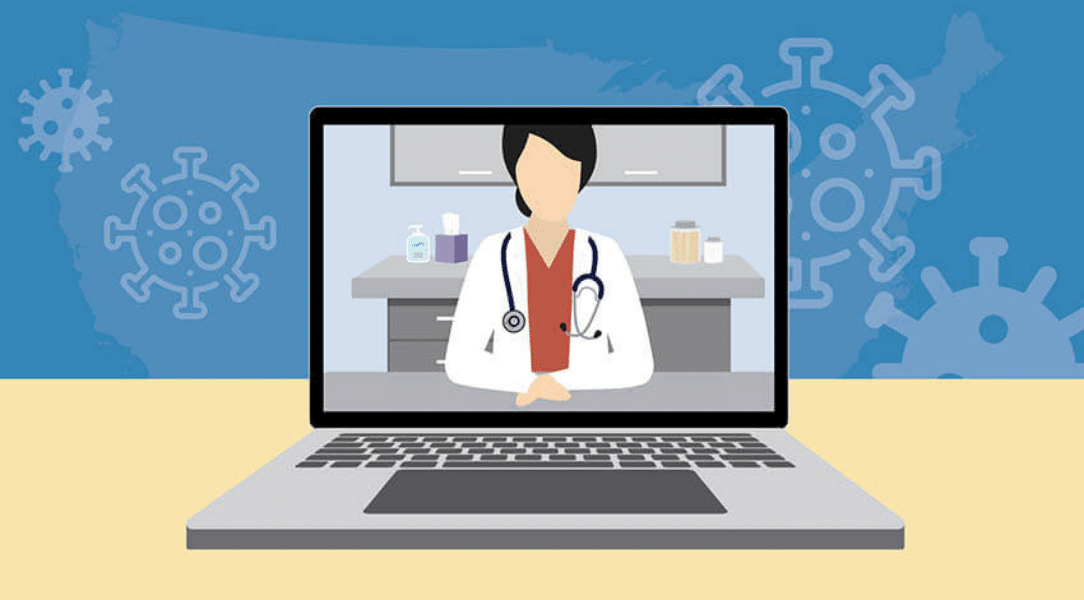As part of an ongoing look at post-pandemic life and things that COVID-19 has changed forever, this week The Valley Reporter is exploring how telehealth, meaning video and computer appointments, has changed the health care landscape.
Locally some counselors and other care providers had already been using telehealth, as in phone calls with clients prior to the pandemic.
Bobbie Rood in Warren had been using Zoom to meet with clients for several years prior to the pandemic.
She had maintained an office as well, but in September she ended her lease and practices solely from home now.
“There are pros and cons. Not everyone is comfortable with Zoom or other video platforms. Without a computer, the technology can be daunting; although it does work with a phone. Others complain of eye strain. There are blue light-filtering glasses to help and you can also adjust the brightness of your screen. Currently the clinician needs to be licensed in the state in which the person seeking consultation resides. Zoom fatigue can be a factor, but I have learned to limit myself to four to five sessions a day and generally do less than that,” she added.
Carolyn Heft, Waitsfield, said she has had only good experiences with telehealth and said a follow-up appointment with a Valley Health Center physician was excellent.
“We talked and there was good advice to follow,” she said.
Marc Gagnon, vice president of medical group practices for Central Vermont Medical Center, said that his facility was now referring to video and phone appointments as e-health. He said that e-health care visits did exist prior to the pandemic but were not widely rolled out in Central Vermont. Visits by phone and computer ramped up significantly with the pandemic and have been available to any patient for whom they are applicable – depending on the patient’s condition.
“In some areas such as mental health we could see 80-90% of appointments happening via video. For primary care that number is 40-50%. Overall, it’s about 25% when you factor in some specialty practices. We’re still open for in-person appointments,” Gagnon said.
But, at almost a year into the pandemic, Gagnon reports that it is a great way for health care providers to connect with their patients and noted that people can see their doctors without masks.
There are downsides – connectivity is spotty in part of the state and in The Valley. Sometimes the video gets garbled.
“That’s a challenge,” Gagnon said, “and some people just want to be seen in person.
Helf said a billing issue with e-health had been solved for her during the pandemic.
“I have been using “telehealth” without reimbursement from my insurer with an out-of-town physician who does not participate in any pre-COVID telehealth. Thanks to telehealth I am getting reimbursed,” she said.
Rood uses Simple Health as her electronic health records program and says that simplifies things for her.
“It does make it simple to click on a link and get through easily without any additional expense on the part of the person seeking counseling. It is Zoom-based I believe. Screen sharing makes it possible to share writing and drawings. I do a limited amount of telephone/audio-only sessions, but prefer working via video, when I can see the other person and gain additional sensory input via body language and facial expressions. Another therapist friend said that he has been working with some folks he has never seen. We both agreed that this is challenging and not preferred,” she explained.
In addition to Zoom, she uses WhatsApp and Facetime.
Other health care providers said that in general telemedicine does work well but that some people are not comfortable with it or not tech-savvy enough. And some visits simply require an office visit – such as a physical or visit to a dermatologist.






